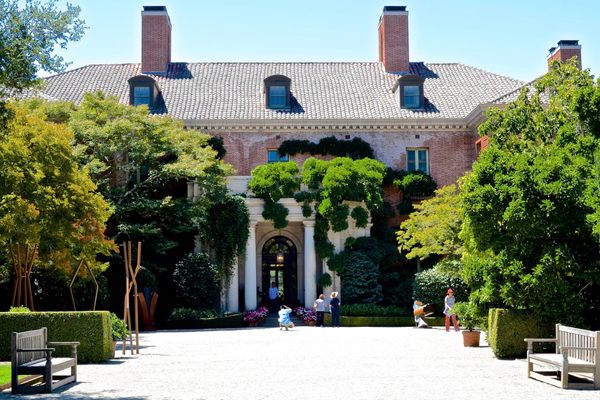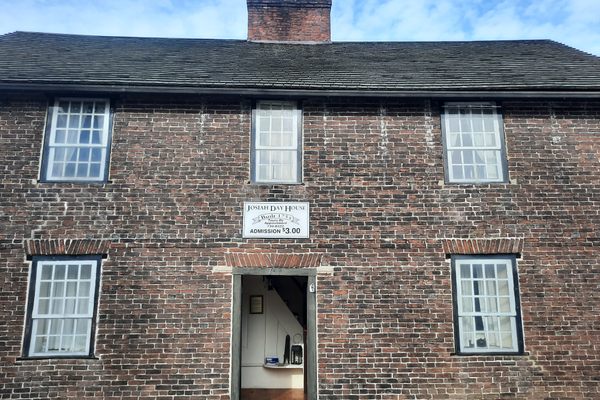AO Edited
Ungurmuiža Manor
One of the best-preserved wooden manor houses in Latvia, decorated with painted interior walls.
Initially, this estate was owned by Baron von Ungern, hence the name Ungurmuiža. Later property rights were bought by Landrat Johann Baltazar von Kampenhausen who ordered to rearrange and built the mansion house that we know today. Works were finished in 1732 when the baron’s family moved in.
Ungurmuiža manor is the only surviving baroque-style wooden house in Latvia. It blends nicely with the lush countryside and oak grove around the mansion house. The building was decorated with wall paintings by Latvian artist Georg Dietrich Hinsch. Inside of the building he created his own world of art, much of which has been restored and preserved today.
The manor survived a number of twists and turns over history. Old records show that it was constantly edited and rebuilt when baron’s family settled in. In 1751 it was topped with an outside clock. The building was vandalized by Russian military units in 1917. Due to lack of funds the house was not restored or inhabited after that. The von Kampenhausen family owned the estate until 1939, when it was taken over by the state.
A community school was established in the building that owned the house until 1989, which actually saved the house from total collapse. It was extensively renovated to make it fit to be occupied again. Some painted walls and original stoves were removed and part of the wall paintings were covered with plaster to make the building suitable for schoolwork.
Some works to save the historical outlook of the mansion started already in 1977. A foundation was established in 1992 to ensure practical and methodologically proper work in restoring the complex of buildings at the estate and to make sure that the heritage site was utilized appropriately. Major restoration of the mansion began at the initiative of the National Heritage Board of Latvia, with financial support from the Swedish National Heritage Board.
The building now works as a museum and occasionally hosts other public events. It gives a unique opportunity to experience the atmosphere of 18th-century life. Visitors are also welcome to take a walk beneath old oak trees and have a cup of tea in the manor’s tea house.
Know Before You Go
Best visited with your own transport. Check the website for opening hours.























Follow us on Twitter to get the latest on the world's hidden wonders.
Like us on Facebook to get the latest on the world's hidden wonders.
Follow us on Twitter Like us on Facebook